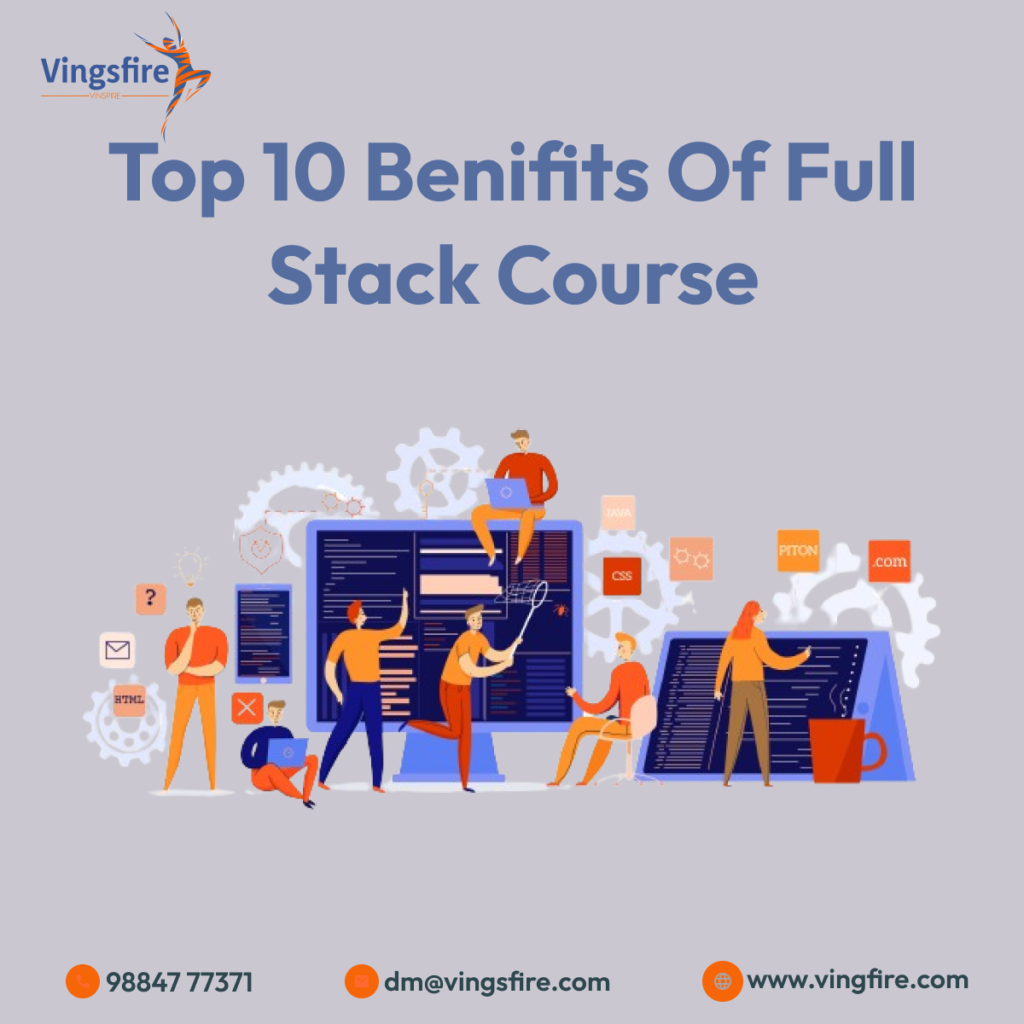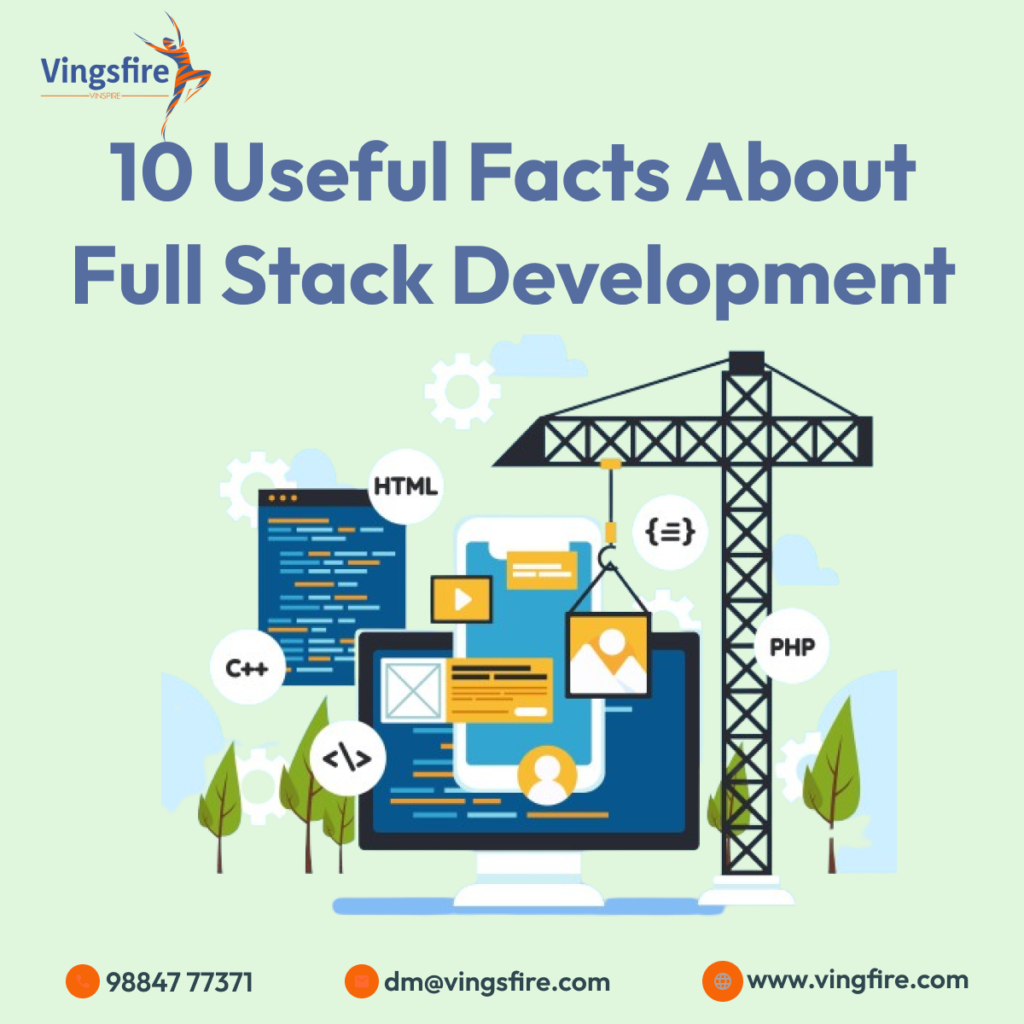A Full Stack Developer is a versatile professional capable of handling both front-end and back-end development tasks in a web application. This means that they have proficiency in working with both the client side (what users see) and the server side (the behind-the-scenes operations). In essence, a Full Stack Developer possesses a holistic understanding of the entire software development process, making them valuable assets in the tech industry Vingsfire.
Responsibilities of a Full Stack Developer:
Front-End Development:
Full Stack Developers are adept at crafting the user interface (UI) and user experience (UX) of web applications. This involves utilizing technologies such as HTML, CSS, and JavaScript to create visually appealing and responsive interfaces.
Back-End Development:
On the back end, Full Stack Developers are responsible for server-side logic, databases, and application architecture. They work with server-side languages like Node.js, Python, Ruby, or Java and manage databases such as MySQL, MongoDB, or PostgreSQL.
Server Management:
Full Stack Developers often take charge of deploying and maintaining web servers. They ensure that the server infrastructure is robust, scalable, and capable of handling the application’s demands.
Version Control Systems:
Proficiency in version control systems like Git is crucial for Full Stack Developers. This allows them to collaborate with other developers efficiently and track changes in the codebase.
Problem Solving:
A key trait of a successful Full Stack Developer is the ability to troubleshoot and solve problems across the entire application stack. They must possess strong problem-solving skills to address issues in both front-end and back-end components.
How to Become a Full Stack Developer:
Master the Basics:
Begin by building a strong foundation in programming languages such as HTML, CSS, and JavaScript. Understand the principles of front-end and back-end development.
Learn Front-End Technologies:
Dive deeper into front-end development by exploring popular frameworks like React, Angular, or Vue.js. Understand the principles of responsive design, user experience, and interface development.
Explore Back-End Technologies:
Acquire proficiency in a server-side programming language (e.g., Node.js, Python, Ruby) and understand how to interact with databases. Explore frameworks like Express (for Node.js), Django (for Python), or Ruby on Rails.
Understand Databases:
Gain expertise in working with databases, both relational and non-relational. Learn to design and optimize database structures and understand how to interact with databases using SQL or NoSQL queries.
Version Control Systems:
Familiarize yourself with version control systems like Git. Learn how to create branches, merge changes, and collaborate with other developers using platforms like GitHub or GitLab.
Explore Cloud Services:
Understand cloud computing platforms like AWS, Azure, or Google Cloud. Learn how to deploy applications, manage server instances, and utilize cloud-based services.
Build Full Stack Projects:
Apply your knowledge by working on full stack projects. This hands-on experience will not only reinforce your skills but also showcase your abilities to potential employers.
Stay Updated:
The tech industry is ever-evolving. Stay updated on the latest technologies, frameworks, and best practices in both front-end and back-end development.
Conclusion:
Becoming a Full Stack Developer is a rewarding journey that requires dedication, continuous learning, and hands-on experience by Vingsfire. By mastering both front-end and back-end technologies, developing problem-solving skills, and staying abreast of industry trends, you can position yourself as a proficient and sought-after Full Stack Developer in the dynamic world of software development. Embrace the challenge, stay curious, and embark on the exciting path to becoming a Full Stack Developer.











